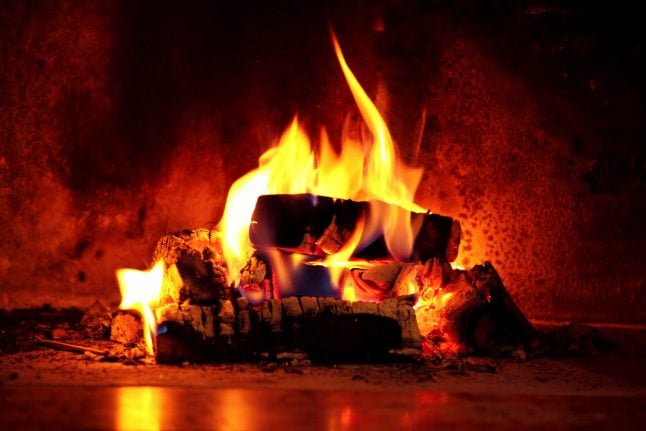Hygge in front of the fireplace may be a cornerstone of the Danish stereotype, but it’s more of a health hazard than many realise.
Experts say that the 750,000 fireplaces in Denmark are the country’s biggest polluter, reports the Berlingske newspaper, citing a report by the National Centre for the Environment and Energy (Nationalt Center for Miljø og Energi, DCE).
Copenhagen itself only has 16,000 fireplaces, shared between 600,000 residents of the capital city’s municipality.
But the city's fireplaces emit as many fine particles during the months of September through May as the entire amount produced by the capital’s traffic all year round.
For Denmark as a whole, the numbers look even worse, with fireplaces responsible for 65 percent of all harmful emissions in the country.
Fine particles emitted by fireplaces can have harmful health consequences, causing up to 550 deaths per year, according to DCE.
Department of Environmental Science senior advisor Helge Rørdam Olesen told Berlingske that many Danes are unaware of the amount of pollution they are exposed to.
“When people use fireplaces heavily in neighbourhoods with high concentrations of fires, particle concentrations can be as high as those in traffic-heavy streets with peak pollution,” he said.
Many Danes are also not aware of the damaging effects on the environment associated with fireplace use, according to Kåre Press-Kristensen of the Danish Ecological Council (Det Økologiske Råd).
“The media and politicians are highly focused on diesel cars, which are also a problem although they have got better. We have overlooked fireplaces just because they live a quiet life on Mr. and Mrs. Denmark’s private property,” he told Berlingske.
READ ALSO: EU breathes down Denmark's neck over bad air quality



 Please whitelist us to continue reading.
Please whitelist us to continue reading.